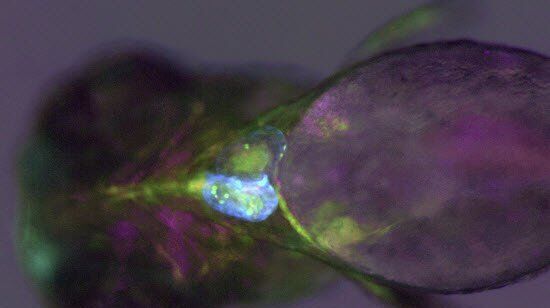Elena Chiavacci , Dr.

Dr. Elena Chiavacci begann ihre Arbeit als Biologin während ihrer Bachelorarbeit über Planarien-Stammzellen an der Universität Pisa (Italien) im Labor von Prof. Renata Batistoni. Im Jahr 2008 erhielt sie ein einjähriges Praktikum am National Institute of Advanced Industrial Science and Technology und zog nach Tokio, wo sie in der Gruppe von Dr. Hiroshi Uemura an der Produktion mehrfach ungesättigter Fettsäuren in S. cerevisiae arbeitete. Für ihre Masterarbeit und Promotion kehrte sie nach Italien zurück und schloss sich der Gruppe von Dr. Letizia Pitto und Prof. Federico Cremisi (SNS - Scuola Normale Superiore) an, wo sie sich mit der Entwicklungsbiologie und dem Zebrafisch-Modellsystem beschäftigte. Während ihrer Promotion konzentrierte sie sich auf die miRNA-vermittelte posttranskriptionelle Kontrolle der angeborenen Herz-Hand-Krankheit Holt-Oram-Syndrom sowohl beim Zebrafisch als auch beim Menschen. Nach ihrer Promotion im Jahr 2014 wechselte sie nach Zürich in die Gruppe von Prof. Christian Mosimann, wo sie derzeit an Zebrafisch-Modellsystemen für Herz-Hand-Krankheiten arbeitet.

